Kariba into the MillenniumBy Colin Gillies
Kariba into the Millennium is a reprint of a book entitled Kariba, The Story of the World’s Biggest Man-made Lake, which was originally published just after the Dam was completed in 1959, with some information of more recent developments added.
It relates the history of the Dam from the time of its conception in 1950, the politics that surrounded the decision to build at Kariba rather than on the Kafue River, the rumours that circulating before the award of the construction contracts and when the first contractors were on site.
Of interest is also the construction of Kariba Township and the facilities that were put in place for the accommodation and entertainment of the people working on site as well as their families. When their houses were being built, the contractor was completing two houses every three days.
The engineering is explained in detail, as is the forced relocation of the Tonga people who were the inhabitants of the Kariba Gorge before the construction of the dam. This is a little known bit of Zambia’s history, as is the River God of the Tonga people, Nyaminyami. Nyaminyami, a dragon-like creature with a body of a snake and the head of fish, is believed to occupy Kariba and became separated from his wife by the construction of the wall. His wrath was made known by the numerous deaths of construction workers and by the floods which washed away parts of the wall in 1958.
Operation Noah, the removal of wild animals from the islands that were formed as the Lake filled up, is covered, as is the clearing of the trees and bush that would eventually be covered by the Lake.
The section, which is the reprint of the original book, includes many black and white photographs and advertisements from the various companies involved in the construction of Kariba. It is interesting to compare the design of the adverts with those prevalent today, as is the comparison between the layout and typefaces used then and those use now. The additional section has coloured photographs and covers the different activities that are part of Kariba today – fishing (subsistence, commercial and sport), crocodile and bream farming and the other leisure pursuits including its rich wildlife and bird life as well as its glorious sunsets.
Written and published in Zimbabwe, latter day developments only include what has happened there and omit any developments that have taken part on the Zambian side. There is also still confusion in my mind as to who wrote the original book, was it Colin Gillies, whose name appears on the front cover or was it someone entirely different. If it was written by someone else, no acknowledgement is given to this fact.
Having said that, anybody interested in the history of what was a feat of engineering in the 1950’s and the difficulties which had to be overcome to ensure an adequate supply of power to Zambia and her copper mines, this is a book which you should definitely read.

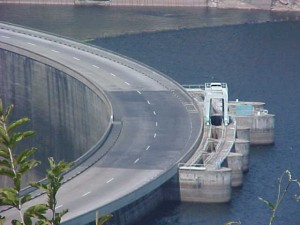
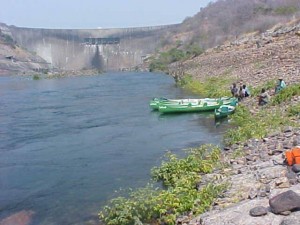
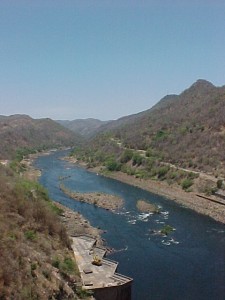
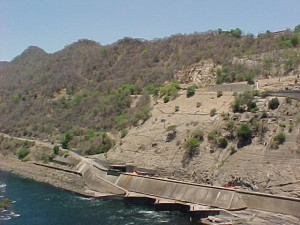
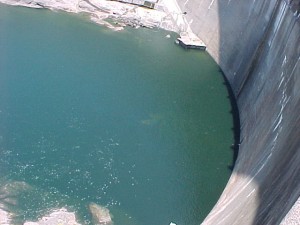
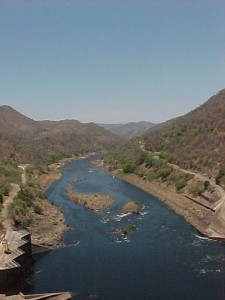
Leave a Reply
You must be logged in to post a comment.